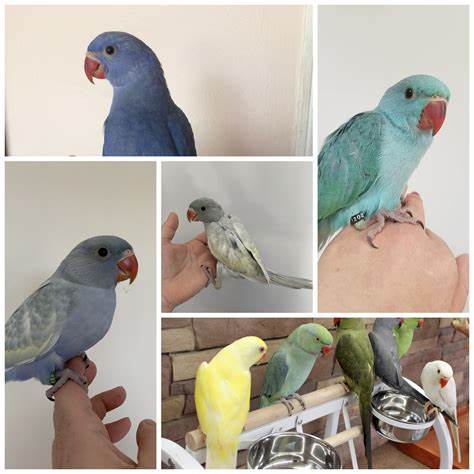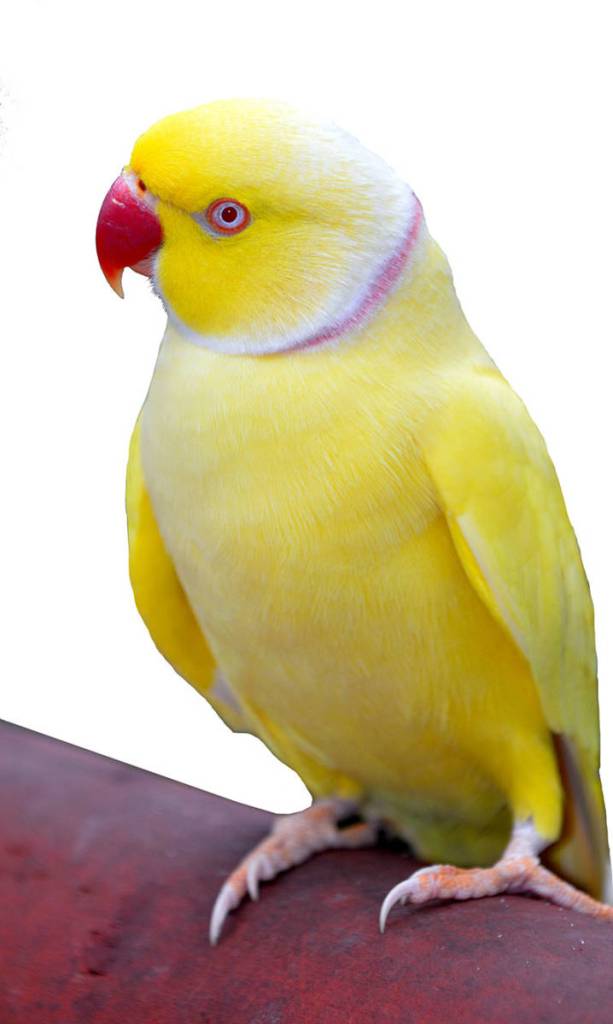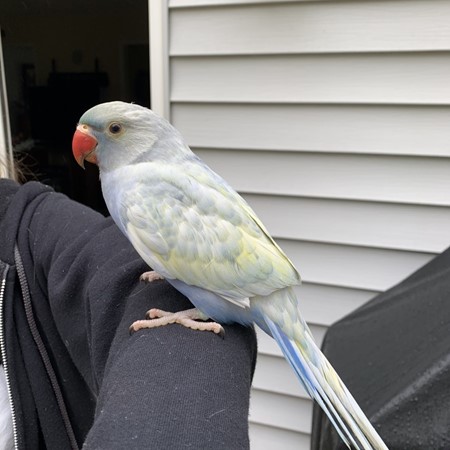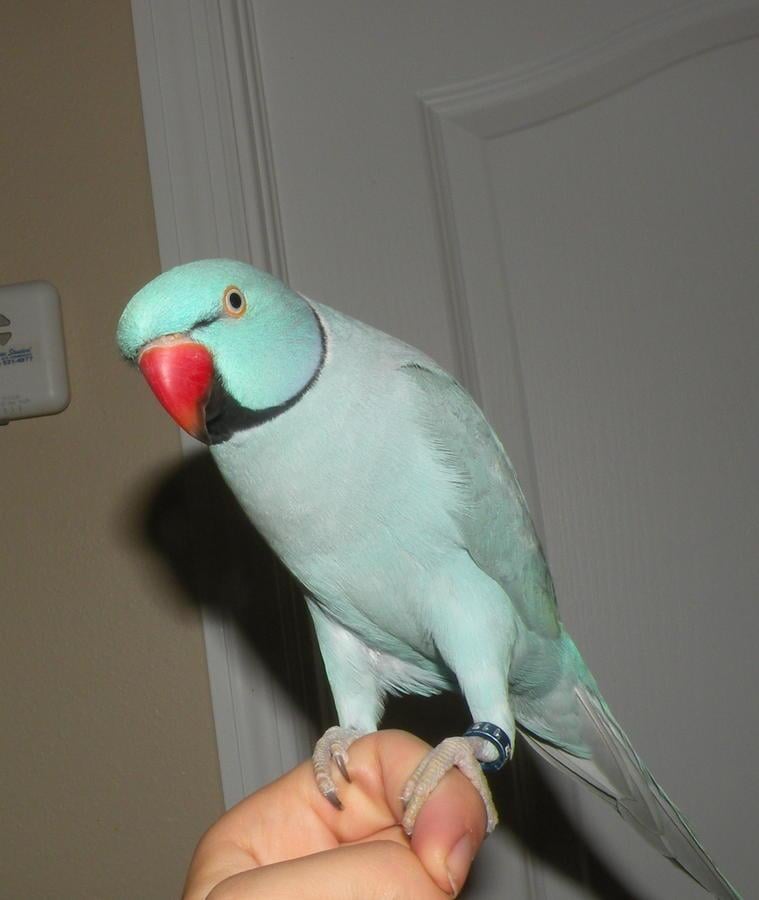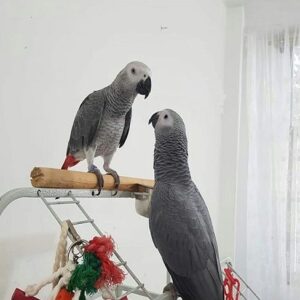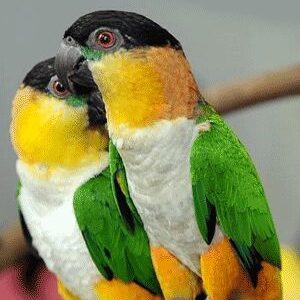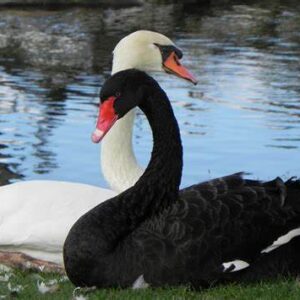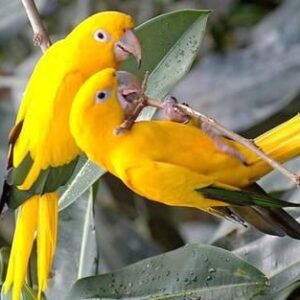Indian Ringneck Parakeets for sale .
Indian Ringneck Parakeets for sale. These birds make excellent pets. Their ability to mimic words and tricks and repeat sounds make them suitable pets. Indian Ringnecks go through a special stage after weaning that may cause them to be aggressive. This stage is natural and is a learning period for your Indian Ringneck. Even though they get into their bluffing period, we advise bird owners to continue handling daily to ensure tameness. Remember that most birds, especially parakeets get territorial while they are in the cage. So if your Indian Ringneck tries to bite while you try got get him out of the cage is normal as he is only trying to protect his territory, and he might feel you are invading his privacy. Don’t forget to handle your baby for at least one hour daily after weaning in order to remain tame.
The Indian ringneck Parakeets is a very popular pet. However, it may not be right for everyone because it requires a lot of attention and care. Still, it is a very social bird and can become an excellent companion for the entire family.
Indian ringneck parrots are popular for their charismatic behavior and outstanding mimicking potential. They come in a wide variety of color mutations. Indian ringneck parrots have very strong personalities. They require lots of hands-on training, particularly when they are young. With lots of positive reinforcement training, an Indian Ringneck can make an outstanding companion.
Male and Female Differences
Male and female Indian ringneck parrots of the same color are similar in appearance. However, mature males typically have a ring around their neck. The ring is a thin, black line that extends from the beak’s underside to the back of the neck. Females sometimes have a ring around their neck, although it is not as distinct as the ring on the male.
Indian ringneck colors
The regular green Indian Ringneck today has been bred to encompass many mutations. These birds can be purchased in solid colors such as blue, yellow, white, or gray. Along with these solid colors, there are many other mutations, such as cobolts, clear tails, pieds, cinnamons, and lacewings, to name a few. Indian ringnecks in captivity are bred in various colors, including white, yellow, bright blue, violet, cinnamon, and silvery gray. Albino Indian ringnecks do not have a distinctive black ring. Yellow, albino, and cinnamon colors are genetically sex-linked. Green and gray belong to dominant genes, while blue and multi-color belong to recessive genes.
Ideally, the minimum cage size for this bird would be 25″ long, 21″ wide, and 29″ high with ½” wire spacing.
Common Names: Indian ringneck parakeet, Indian ringneck parrot, rose-ringed parakeet
Scientific Name: Psittacula krameri
Origin: Asia, India, & Pakistan
Lifespan: They can leave up to 25 to 30 years; (captive). In the wild, they survive less because of natural predators and disease.
Clutch Size: 3-6 white eggs; but average of five eggs
Incubation: 23 days
Talking Ability: Excellent,
FEEDING: Parrot mix is their base as in the wild. They eat seeds, weeds, buds. I use seed mix as a base, add pellets, and any fruits that come available. Apple slices are what they eat the most; also, I give them celery, oranges, corn in the cob, romaine lettuce, kale, and pomegranate.
BREEDING: Ringnecks are easy breeders, but it takes a commitment to do so. I start putting up breeding boxes by the end of December; as soon as I mount the breeding box, they start peaking in it. Be careful when introducing new males to the females as they are aggressive and even kill the male. I put both males and females in the breeding cage without a nesting box to avoid this problem. I pair them up by October, so they have plenty of time to know each other. At the end of February, they start laying. They can double clutch if you pull out the babies by two weeks to hand feed them; that way, you give the pair time to prepare for a second clutch.
